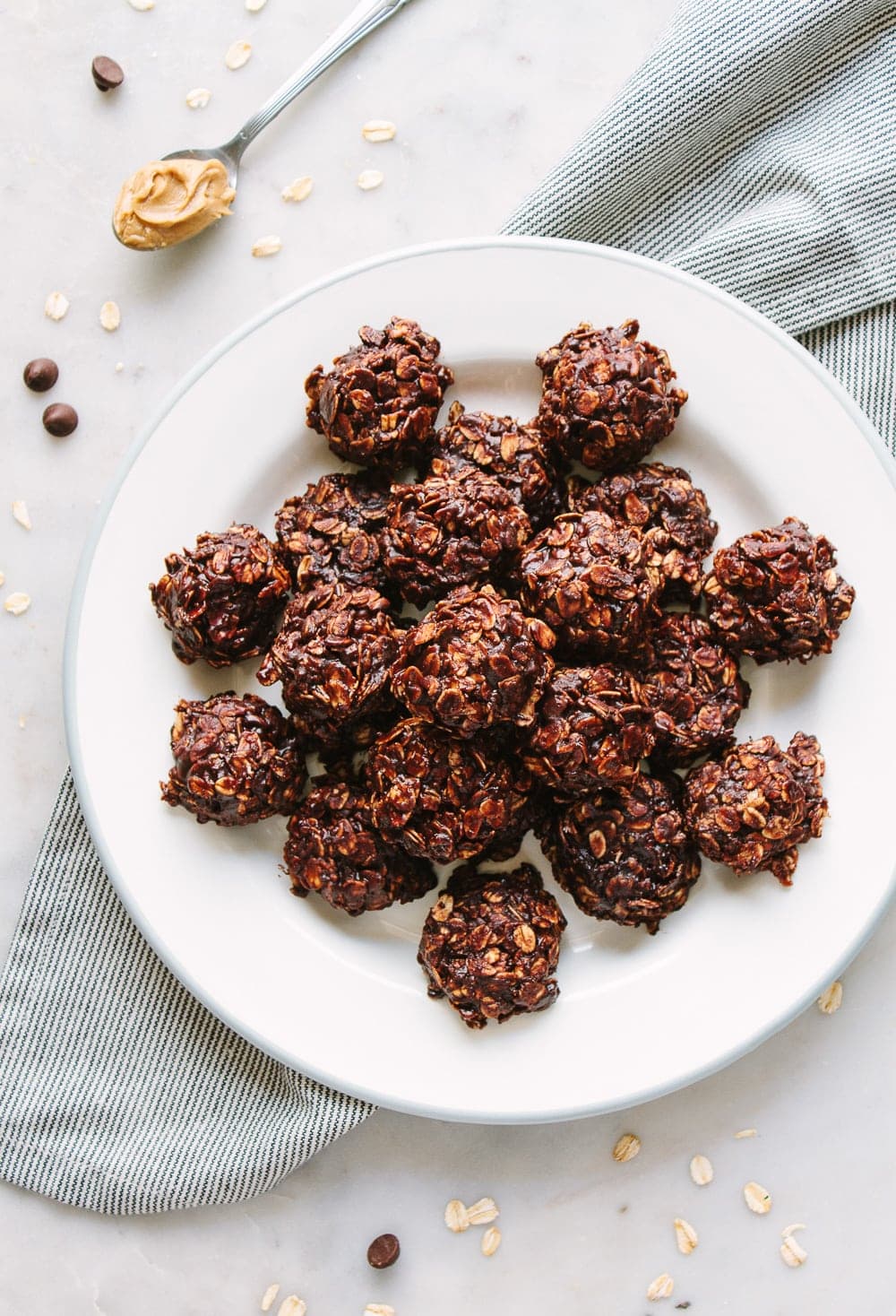
Cookies
Vegan cookie recipes! Find a wide variety of easy vegan cookie recipes using healthy whole grains and natural sweeteners.
From classics like these Chocolate Chip Cookies, Peanut Butter Cookies, Chocolate Oatmeal Chip Cookies and Vegan Snickerdoodles, to these no bake no-bake energy bites, Raw Ginger Snaps, there’s something to satisfy your cookie craving!





















